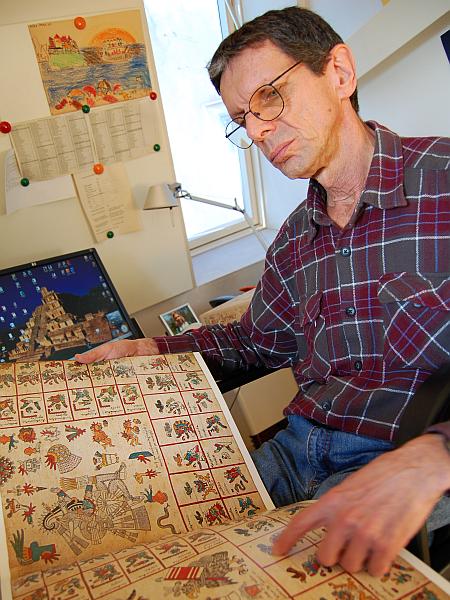
For centuries, the town of Chactún lay hidden in the Mexican jungle. Once a thriving Maya metropolis, its existence had long been forgotten, and through the centuries, its ancient walls were slowly enveloped by vegetation. And Chactún could very well have remained hidden had it not been for an intrepid Slovenian explorer.
Born in Maribor back in 1955, Ivan Šprajc discovered his passion for pre-Columbian civilizations at a young age. After graduating from the University of Ljubljana, he headed for Mexico, a mecca for Mesoamerican research.
While living in Mexico City, Šprajc completed his graduate studies and worked for the National Institute of Anthropology and History. He became one of the leading experts on the Mayan civilization, and became particularly well-known for his studies on the planet Venus and its significance in Mesoamerican culture.
Eventually, Šprajc began to lead large-scale expeditions into Mexico’s jungles and became known as “Slovenia’s Indiana Jones.”
In 2013, he headed towards an unexplored part of the Yucatan peninsula. A series of satellite photographs had indicated that ruins could lie hidden under the thick tropical vegetation of the area. Financed in part by the National Geographic Society, Šprajc’s team made their way through the jungle -- and discovered a long-lost Mayan city.
It took the team weeks to clear the thick brush, but what lay underneath was remarkable: a 1400-year-old city that was once the home to as many as 40,000 people. For weeks, members of the expedition continued to discover ornate doorways, pyramids, altars, and even a court for Maya ball games. They named the city Chactún – meaning “red stone” or “great stone” -- after an inscription on one of the doorways.
The rediscovery of Chactún made international headlines, but it is just one of the many sites first explored by Šprajc and his team. In fact, Šprajc, who now lives in Slovenia, returned to Mexico this year as part of an expedition that he had financed himself, and discovered two new Mayan cities. “Slovenia’s Indiana Jones” is determined to continue his research -- and help our modern-day civilization learn more about one of the most advanced cultures of the ancient world.

































































